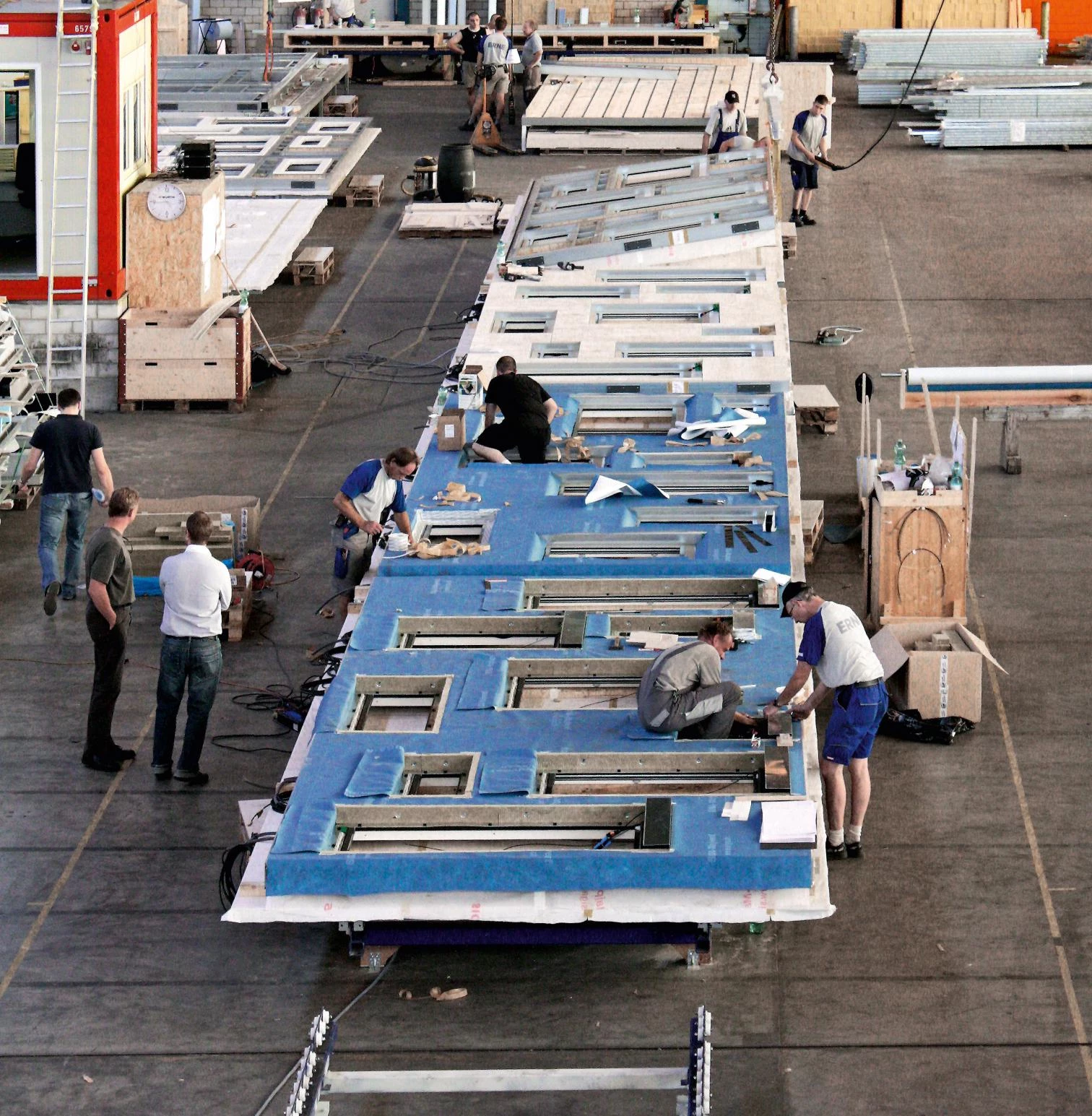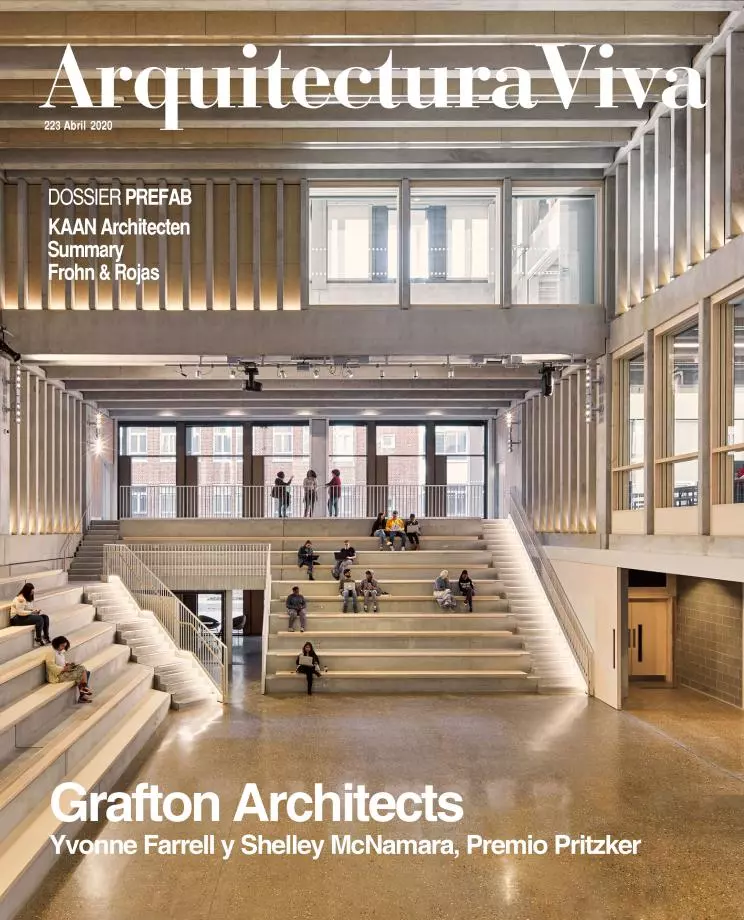From the Factory to the Work
Challenges of Prefabrication

Herzog & de Meuron, Complejo residencial, Basilea
One of the visual premonitions of the coronavirus crisis now hitting us with such rage was the construction in Wuhan of two huge hospitals in little more than fifteen days. With its good points – astonishing speed, logistical mobilization – as well as bad – poor quality, dubious aesthetics – Wuhan’s emergency hospitals threw light on the power of prefabrication in its most literal and pragmatic sense: the immediate use of processed materials and components, in this case by Chinese industry.
Prefabrication a lo Wuhan is the most extreme and perhaps most trivial case in a long tradition that has believed to have found in prefab solutions the philosopher’s stone for giving architecture the precision, quality, and execution speed with which objects are produced in a factory. A tradition which in the course of the 20th century has undergone an extraordinary process of change. For canonical modernity, conceived in the manner of a Walter Gropius, prefabrication was an opportunity to reconcile the systems and languages of architecture and industry. Later, for architects of the decades of developmentalism, especially in the USSR of massive social housing programs, prefabrication was the method for complying with quality minimums in very short time periods, but with zero aesthetic feats. Later, prefabrication took on a more lax meaning, that is, it began to be understood less as prefabrication than as plain industrialization: this was when catalogs turned buildings into a fitting together of components ranging from prefab panels of concrete or GRC to modules of curtain wall facades.
This process eventually led to the crisis that, with the advent of the new millennium, put canonical prefabrication – modularization, serialization, factory production – at the mercy of the new digital design and fabrication systems – first robotized arms, then 3D printers – that make it possible to create one-of-a-kind objects with the same degree of accuracy and efficiency achieved by machines.
With this history as background, architecture maintains with prefabrication an open, not to say eclectic, relationship. There is no longer a single model, but the option of choosing one technology over another, depending on the building and its circumstances. In some cases conventional prefabrication has been swept aside by assemblage of components, while in others it is still going strong, as in the prefabrication of large pieces of facade, or in that of technical cores – toilets, installations that come from the factory already complete – which are possible thanks to technical innovations, and which are highly efficient in modular, repetition-rich buildings like hospitals, housing blocks, hotels, and industrial facilities.






